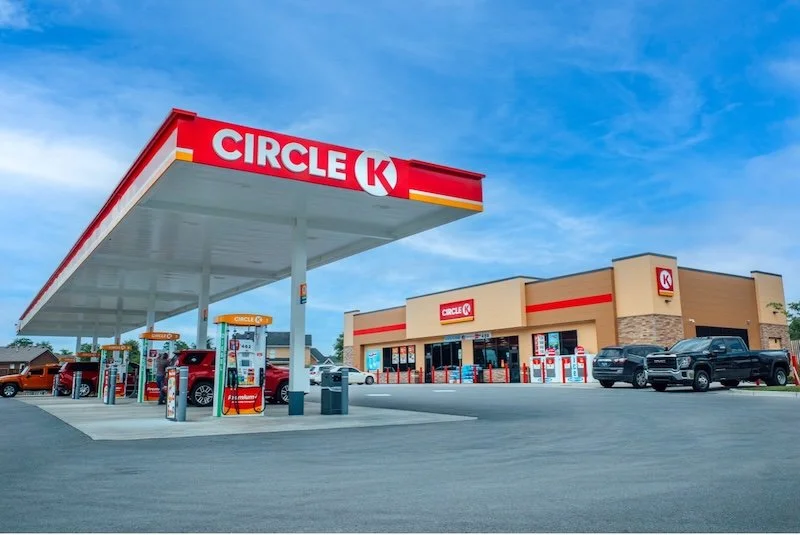Retailers must go their own way instead of nervously following Amazon
By James Pepper, Technical Services Director, Vista Retail Support
What should store operators be thinking now that the Amazon empire is expanding into physical retail? With another six stores to be opened on the same model, the success of Amazon Go in Seattle seems to be taken for granted. Surely it will not be too long before most of us download the Amazon app so we can enter one of the Amazon Go stores with a quick scan of our smartphone at the entry gate before picking up the cartons of soup or cakes we want and leaving without any further interaction?
The real world of retail is infinitely more varied
However many of us download the app, it is worth remembering how things are in the real world. Yes, much has been made of the elimination of queues, but for most retailers they offer an opportunity. In-store colleagues engage with queuing customers and help retain their loyalty, using the time to upsell where appropriate. Coffee shops, for example, display all kinds of tempting cakes and confectionery next to queues, while in the health and beauty sector retailers achieve significant upsell at or near the fixed Point of Sale.
Staffing cannot be eliminated either because alcohol and tobacco sales still have to be monitored. Security may emerge as a significant problem too, because many shoplifters do not care if cameras spot them. There is also a more fundamental question about the robustness of the technology in demanding retail locations outside areas frequented by young professionals. Will the hugely costly sensor and facial recognition technology that Amazon is using be viable for more retailers beyond the convenience sector? It is very unlikely that its cost will be offset by increased sales and reduced staffing. In terms of spending on traditional PoS infrastructure and services the savings are insignificant.
Technology will help retailers shape solutions that work for different customers
It is true that whenever Amazon enters a market, a degree of panic afflicts competing businesses. Yet there is no reason for bricks and mortar retailers to assume that Amazon Go will be a deadly rival. The current model is unlikely to work with fashion or furniture, for example, where the average value of goods is so much higher and the nature of the purchase is entirely different.
Our physical stores can continue to evolve by deploying technology in a bold but measured approach that suits their own customers’ habits. In China, where smartphone payment apps are in widespread use, the e-commerce giant Alibaba is behind the expanding chain of Hema cashless supermarkets that are using similar concepts to Amazon Go, but adapted for the Chinese way of life. In Hema stores, shoppers use their phones to pay for food, but they can also hand over the ingredients to a resident chef for preparation and consumption on the premises. The stores are also used as hubs with online orders delivered in 30 minutes.
In-store tech will create better experiences for everyone
Closer to home we already have excellent examples of retailers who have made physical stores very much part of their online success story. Far from ripping out their tills, many are upgrading their checkout systems to the latest high-specification PoS solution knowing that doing so gives them a greater range of functions they can blend with what they do online.
Artificial intelligence and voice-activation applications are also full of potential in retail, giving staff and shoppers rapid access to in-store information that does not require a keyboard. Augmented reality, using applications downloaded to a consumer’s phone, already has the power to transform how we buy clothes, makeup, furniture, sport equipment, kitchens and bathrooms in a store. What is essential is that retailers ensure they can achieve full integration with their online and mobile services.
Retailers who take a more considered view and think hard about technology will find they can use it as a platform for expansion in all directions, giving customers compelling reasons to enter their stores. It will not be easy to match the levels of convenience provided by Amazon Go and its imitators and their models certainly will not work with every audience and in every environment. What retailers must do is to keep their focus sharply on integrating technology that provides a completely joined-up and engaging experience so that they do not waste time pointlessly trying to imitate Amazon.










Continue reading…